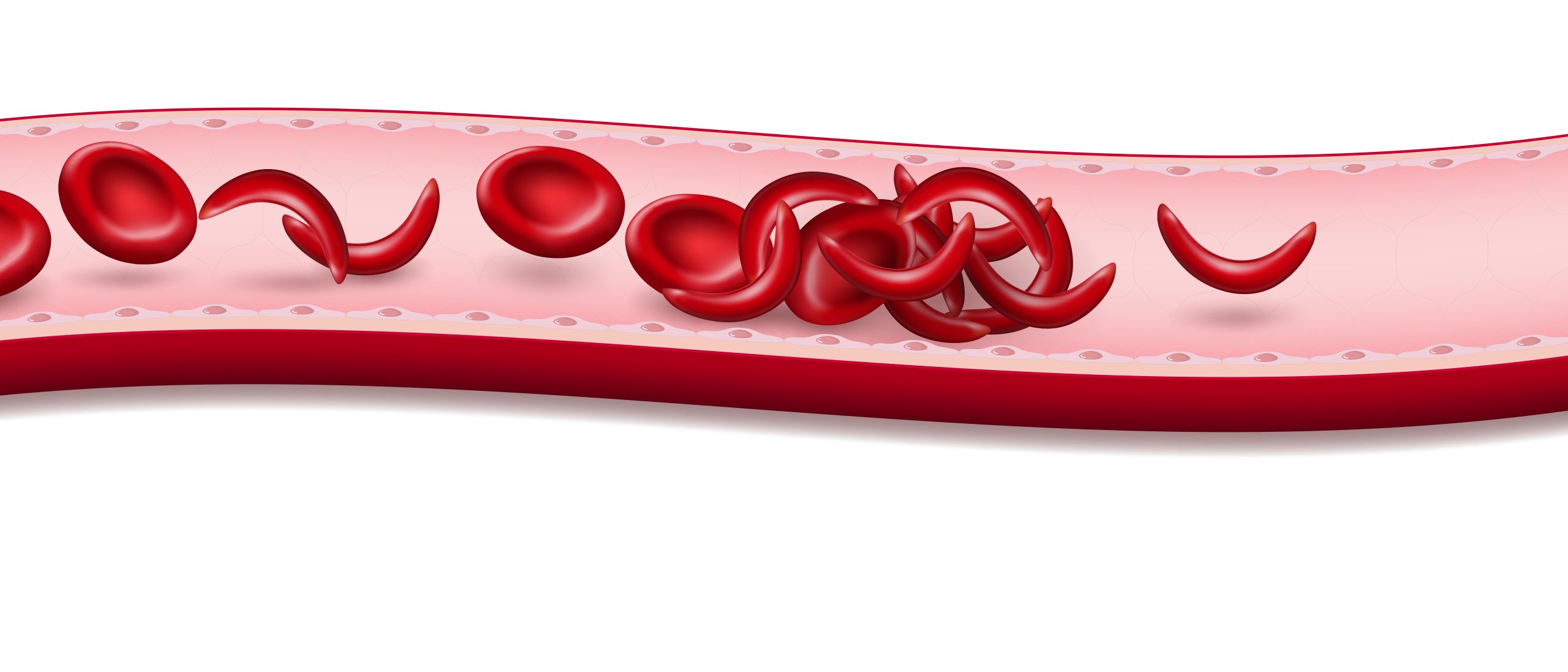“Aneurysms are an enlargement of a blood vessel in the body,” says Beau Hawkins, a cardiologist with OU Health in Oklahoma City. “They most commonly affect arteries, which are vessels that distribute blood flow from the heart to the rest of the body.”
Hawkins says aneurysms can affect any blood vessel, but most often occur in the aorta and the brain.
“Aneurysms in the abdominal aorta are probably most well known and are commonly referred to as AAAs, abdominal aortic aneurysms. But … aneurysms can also occur in the chest, in the heart arteries (coronary aneurysm) and other organs of the body, such as the spleen and kidney,” says Hawkins.
When an aneurysm grows bigger, Hawkins says it can cause pain.
“For example, if an aneurysm is in the brain and enlarges, it can cause a headache,” he says. “If an aneurysm is in the abdomen, they can cause stomach or back pain. If they enlarge and burst, then bleeding results which is usually life-threatening, or fatal when not treated.”
Mohammad Kalani, a neurosurgeon with Ascension St. John Medical Center in Tulsa, says patients who have had a brain aneurysm describe it as the worst headache of their lives.
“The classic description is a thunderclap headache,” says Kalani. “It’s very different from a migraine or tension headache. There’s no build up to it. It’s intense, comes out of nowhere and is often associated with light and sound sensitivity.”
He says ruptured brain aneurysms can be devastating, resulting in immediate death or disability.
“Fifty percent of patients die as a result of the rupture or shortly after the rupture, and of the fifty percent who survive, half of those patients are left permanently disabled,” he says.
While some brain aneurysms are genetic – Kalani says those of Nordic or Japanese ancestry have a higher incidence than the general population – other risk factors include older age, high blood pressure, cigarette smoking and a history of drug use. Also, women are three times more likely to get brain aneurysms than men, and women are three times more likely to have multiple aneurysms.
“The decision to treat an aneurysm is not a cut and dry one,” says Kalani. “It depends on the aneurysm’s size, location, the patient’s health and wishes, and risk of treatment. My job is to take all the information and provide the best possible treatment plan.”
Kalani says there are two courses of treatment for brain aneurysms: surgery, such as a craniotomy, and endovascular treatment using interventional tools.
“It’s very important to seek care where both treatment options are available,” he says. “When an aneurysm has ruptured, there’s no choice in treatment, but today we’re detecting more and more unruptured aneurysms. Each aneurysm is unique and needs to be treated in a way that doesn’t make you worse off than you were before treatment.”
Hawkins says most aneurysms are treatable when detected early.
“If anyone is having problems or symptoms that can be potentially due to an aneurysm, they should be evaluated by a physician,” he says. “Often times, simple testing can be performed to determine if an aneurysm is present, and then treatment can be administered to prevent the aneurysms from enlarging or rupturing.”























